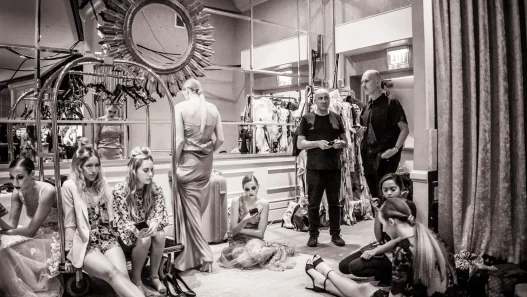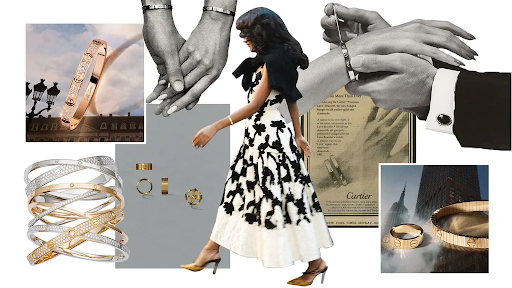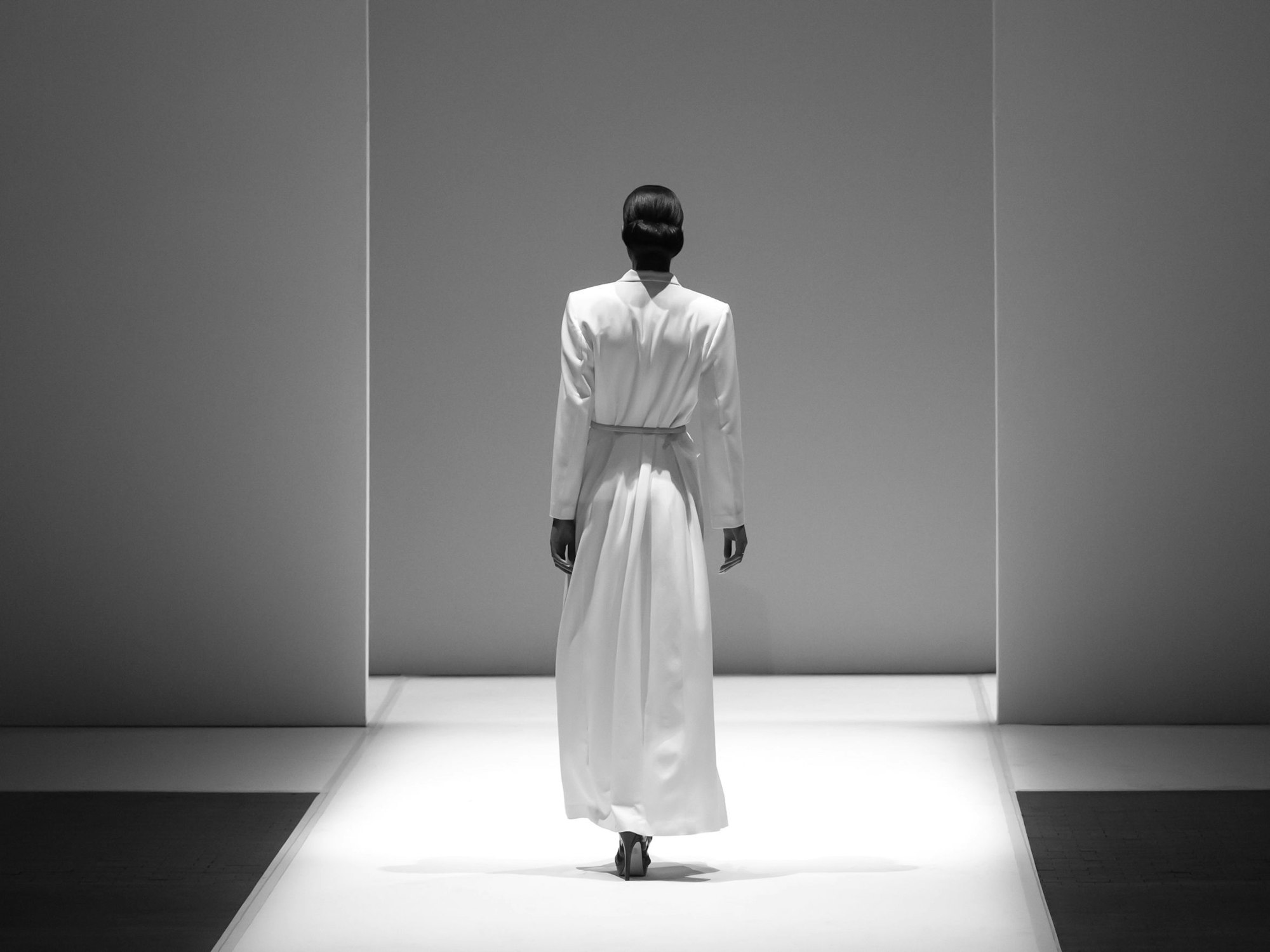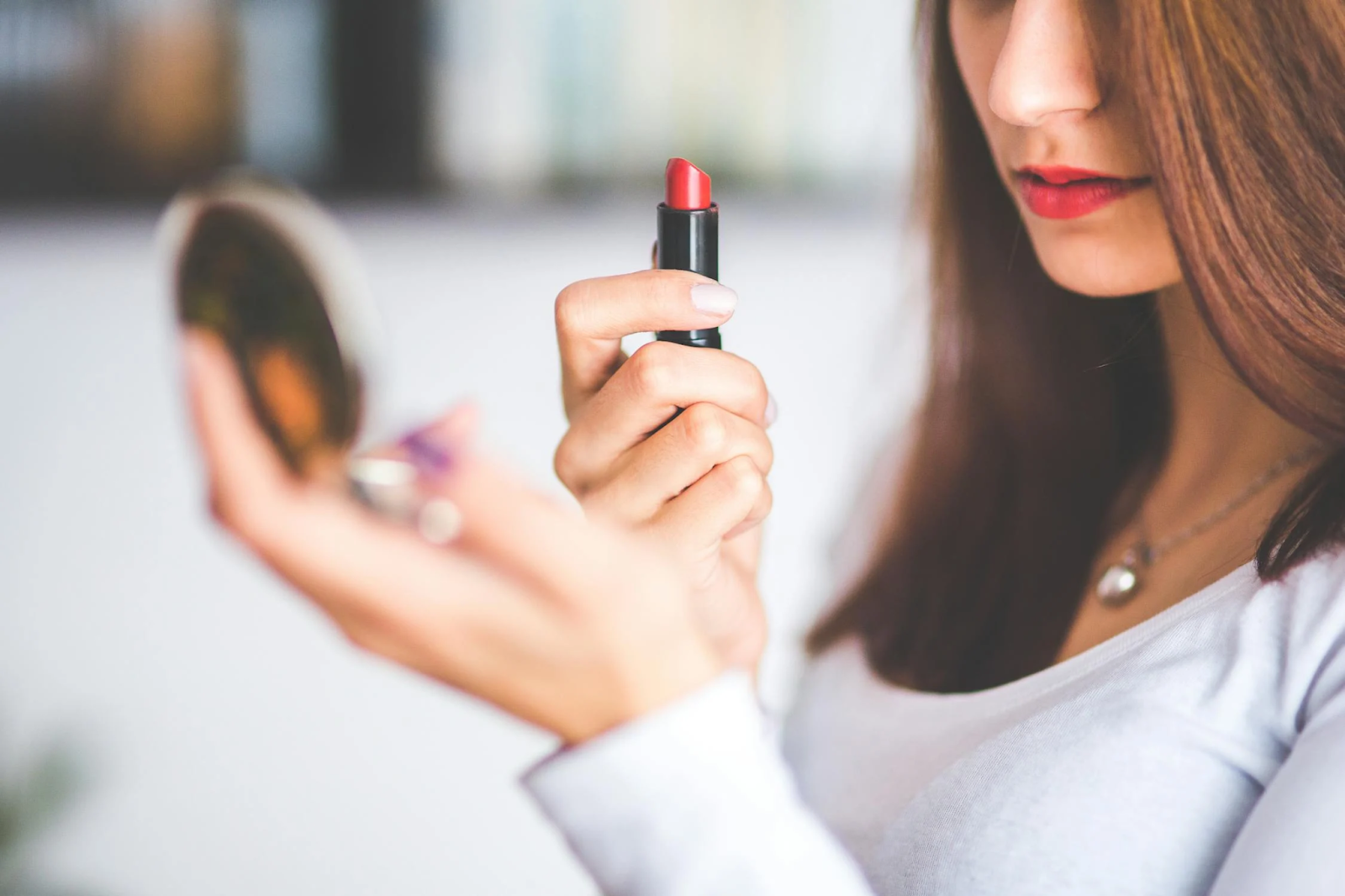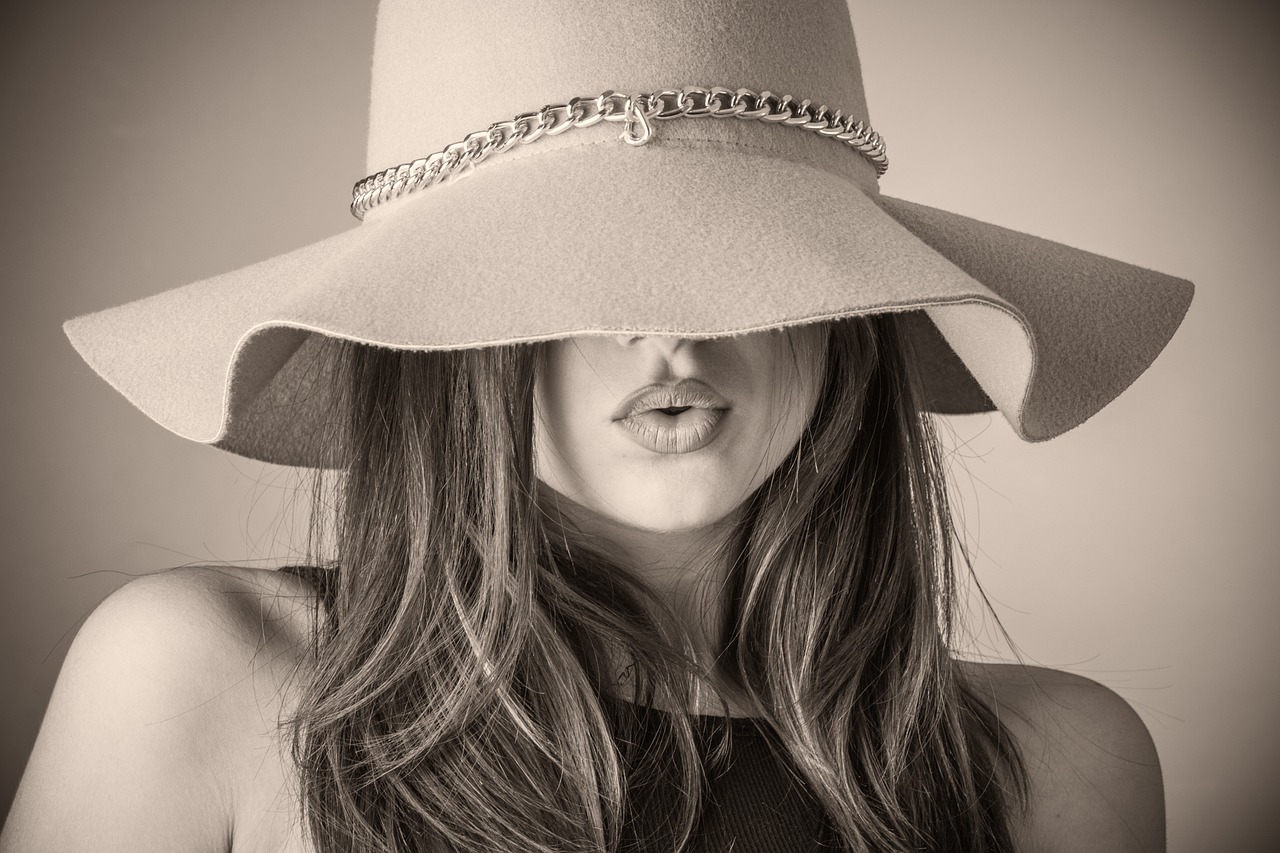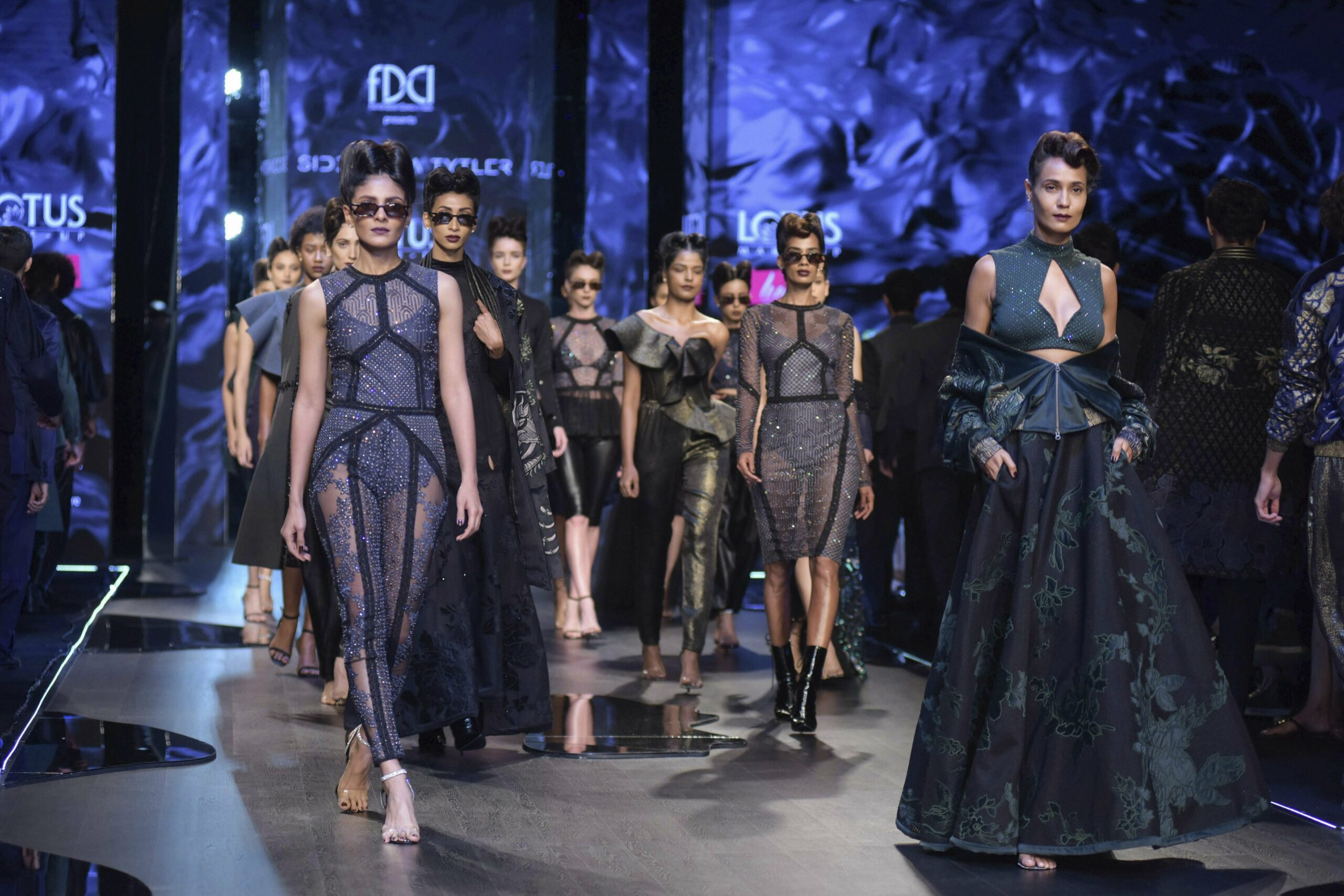Fashion shows are prime mode of communication of a brand’s aesthetic and values. These are not only key to sales but also to the brand’s image, which is why they are meticulously crafted for a display of creativity. Art is centerpiece of each show, and influences every element. While the creative department of a fashion brand dictates the direction of the show, the legal department, is integral to its success. Ensuring compliance to relevant regulations, several aspects of the runway are reviewed by legal alongside other administrative departments.
Historical Evolution of Fashion Shows
From their modest beginnings—presentations on mannequins—to introduction of live models, fashion shows have evolved to theatrical experiences. What started as “mannequin parades”, an early version of today’s fashion shows, grew to ‘catwalk show’ and evolved to an avant-garde spectacle as we know today. Fashion historians credit English designer Charles Frederick Worth as the originator of using models. Lady Duff Gordon, a leading British designer, staged what is considered the first true “catwalk show” in 1901 with scenery, lighting and music, for a larger but invite only audience, also introducing the continuing idea of ‘front row’ glamour. Staging of shows from departmental stores to elaborate locations grew with a passage of time, as fashion evolved. Balmain’s 1965 collection show was held in a wine cellar, Pierre Cardin’s outdoor show by the Seine in Paris, and Paco Rabanne’s show at the Crazy Horse Saloon. In 1998, Yves Saint Laurent staged a runway show featuring 300 models at a stadium, an hour before the soccer World Cup final between France and Brazil, broadcasting to approximately 1.7 billion viewers. With growing demand from international consumers, organizational efforts were expanded leading to structuring of displays per seasonal trends. With evolution of fashion shows and intermingling of multiple stakeholders, compliances continued to grow, necessitating careful consideration of legal issues emanating at different stages.
Introducing the legal
The role of an attorney for a fashion show, begins months in advance. As a company begins selecting and refining the show’s components and the creative department outlines the collection, the legal department first focuses on intellectual property matters, particularly concerning design and naming. Collaborating closely with the creative team, lawyers assess proposed designs to ensure there is no conflict with existing Intellectual Property – trademarks or copyrights or designs. If a design closely resembles one already registered by another brand, necessary adjustments are facilitated. The naming process for the collection is also something often reviewed and assessed by legal to ensure that there is no infringement of existing trademarks. This process – trademark search – ensures that the proposed names are unique and do not conflict with any pre-existing trademarks. Once these steps are completed and the collection cleared of legal conflict, it is considered legally secure, allowing the creative vision to proceed without infringement concerns.
Pre-Show Planning and Contractual Obligations
In the stages leading to a fashion show, close collaboration with communication team is necessary to handle planning and contractual details. This involves identifying and engaging appropriate suppliers whose services align with the brand’s needs and characteristics. Once suppliers are selected, contracts for various services – catering, photography etc. are drafted. Contracts are carefully crafted to reflect the distinct roles and rights of all parties involved, including photographers, videographers, models, and individuals providing ancillary services such as hair and makeup, security, and more. A key aspect of these contracts is the management of intellectual property rights. Agreements often include clauses specifying the duration of the rights granted and the intended use of images or services. This ensures that all parties understand their rights and obligations, and helps prevent potential disputes regarding use of visual content and other deliverables.
Venue Selection and Logistical Challenges
Reportedly, the global fashion events market was valued at $33.6 billion in 2022 and is projected to reach $61.5 billion by 2032 with the fashion show segment dominating all other global fashion events. As a multi-million dollar global spectacle, influenced by digital revolution, social media and technological advancements, fashion shows are increasingly extravagant with exotic locations – such as Christian Dior’s pre-fall 2023 show at Mumbai’s Gateway of India or Valentino’s haute couture fall/winter 2023-24 show at Château de Chantilly. In line with the grandeur, securing a venue for a fashion show is critical. It involves negotiating comprehensive real estate contracts, including leases and rentals, with the owners or governing bodies of the chosen sites. When dealing with historic monuments, contracts typically cover usage fees, modifications, and restoration clauses to ensure the site is returned to its original condition. For instance, Fendi’s show at the Great Wall of China not only highlighted the brand globally but also required navigating 47 different entities to secure approval, underscoring the complexities involved.
In addition to obtaining permits and approvals, compliance with preservation and environmental laws is crucial. Designers must also adhere to local regulations concerning fire safety, noise control, zoning, and any venue-specific restrictions on equipment and effects. Logistics and safety measures are paramount to protect attendees and preserve the integrity of the venue. Force majeure provisions should be included to address unforeseen events like natural disasters or pandemics.
Further, the role of a production company is vital to the success of a fashion show. Production companies are essential for managing all stages of event organization, from coordinating with external suppliers to overseeing logistics. They are selected based on their familiarity with the event location and their alignment with the brand’s values and aesthetic preferences. While no single production company is universally superior, some may be regarded as more reputable depending on their track record and expertise.
Contracts between luxury fashion houses and production companies must be meticulously crafted to outline the scope of the relationship, ensuring clarity. These agreements often include detailed provisions on the responsibilities of each party and the management of intellectual property related to set designs. For example, Jacquemus’ Spring/Summer 2024 collection at the Maeght Foundation featured Alberto Giacometti’s sculptures, illustrating the intersection of fashion and art, where both set designs and artworks may be protected under copyright laws. The ownership of these elements depends on the specific contractual agreements in place.
The role of the set designer is worthy of consideration. The set designer is responsible for establishing the set for a photographic shoot, having first conceived, planned, and executed a design that is emotionally engaging for the audience. While the artworks may have copyright protection, the specific arrangement within the fashion show could also be protected under copyright laws[1]. Ownership of set designs, however, hinges on contractual agreements between the parties involved. Overall, successful fashion show planning involves a complex interplay of legal, logistical, and creative considerations, with each element contributing to the spectacle.
Managing Model Safety and Well-being
Models are central to fashion shows, and their contracts are a crucial aspect of the event’s planning. Models may be hired through agencies or via individual agreements, with agencies often providing standard contracts that cover essential terms such as compensation, engagement duration, and scope of work. These contracts typically address travel, accommodation, exclusivity clauses, and image rights, detailing the usage rights for images and videos captured during the show, including provisions for social media and promotional materials. The casting director plays a pivotal role in this process, acting as a liaison between model agencies and brands.
Beyond contractual matters, luxury fashion houses must prioritize the safety and well-being of models. This includes ensuring fair treatment, safe working conditions, and adherence to health standards. Agencies should provide relevant medical information to ensure models meet BMI guidelines and receive appropriate accommodations and transportation. Many luxury brands work with reputable model agencies that adhere to industry standards and guidelines to promote model welfare. Physical and mental well-being is crucial, as models often face demanding schedules and high expectations.
Intellectual Property in Music and Set Design
Beyond protecting fashion designs, key areas of intellectual property concern for fashion shows include the soundtrack and set design.
Music Licensing:
Licensing music for a fashion show involves navigating complex negotiations with music copyright holders, including record labels and publishers. Brands must secure the appropriate rights to use music, whether for live performances or pre-recorded tracks. Contracts with musicians or performers detail terms of engagement, such as compensation and the scope of usage rights. These agreements specify the duration of the license, any restrictions on music usage, and sometimes include clauses on exclusivity or territorial limits. For instance, a brand’s show might feature a live performance by a renowned artist, requiring detailed agreements with the artist and their management. Alternatively, a pre-recorded soundtrack featuring tracks from multiple artists would necessitate separate licensing agreements for each track.
Set Design and Collaborations:
When fashion houses collaborate with artists, designers, or set designers, clear and comprehensive agreements are essential. These contracts define the scope of work, ownership rights, and any licensing arrangements related to the set design. For example, if a fashion show includes a custom backdrop designed by a well-known artist, the contract will specify the artist’s rights to the design and any usage limitations. Ownership of set designs can vary based on contractual agreements. Some contracts might grant full ownership of the set design to the fashion house, while others may allow the designer to retain certain rights. The intricate relationship between fashion and other creative fields like art, music, and design requires meticulous legal planning to ensure that all parties’ rights are respected and that the event runs smoothly.
In summary, managing intellectual property in fashion shows involves detailed legal planning to address music licensing and set design collaborations. Ensuring clear agreements and understanding the nuances of these arrangements are crucial for a legally compliant and successful event.
Other Legal Activities
Other legal concerns surrounding fashion shows that may arise involve intersection with:
– Social Media: Questions often arise about intellectual property rights related to social media content. For instance, if a video intended for social media features the logo of a competing eyewear brand, the legal team must assess potential consequences and risks.
– Consent for Photography: Backstage photography frequently involves various individuals. Legal counsel needs to advise on whether consent is required from everyone present for the publication of such content.
– Press Materials: Legal experts review text prepared for press releases or promotional materials to ensure it meets legal standards and is suitable for dissemination.
Conclusion
Fashion shows are far more than mere showcases of clothing; they are complex productions requiring meticulous planning and coordination. While the creative department drives the artistic vision, the legal department is essential for ensuring the event’s success. From securing intellectual property rights and negotiating contracts to ensuring compliance with regulations and addressing real-time legal issues, the legal team is involved at every stage. By addressing these legal aspects, fashion houses can host memorable events that not only highlight their brand but also minimize risks, protecting their interests.
Authored by:
Ms. Irene Marullo Iantosca – She is in-house legal counsel for a renowned Italian luxury Maison, and works in the communication, Design & IP team where she handles the legal side of organization of events, including fashion shows and special projects as well as communication tasks such as photo shoots and social media.
Ms. Radha Khera – She is Managing Associate at Remfry & Sagar, India, and works with the Firm’s Intellectual Property & Fashion/Luxury Law practice.
Both Irene & Radha are qualified fashion lawyers with Master’s Degree in Fashion Law from Luiss Guido Carli, Rome, Italy.
Citation:
[1] In particular, the Supreme Court (i.e., the final arbiter in Italy) has ruled that “an interior design project, in which there is a unified design of individual components organized and coordinated to create a functional and harmonious environment, in a visually appealing scheme that reveals a clear ‘stylistic key’ or the personal imprint of the author, is protectable as a project of work of architecture, pursuant to art. 5 no. 2 I.a.” This is applicable “regardless of whether or not the individual elements of furnishings constituting it are simple or common and already used in the field.” The crucial factor is that it is a “result of original combination, not imposed by a technical-functional problem that the author wants to solve.” In this regard, the Court additionally notes that the degree of creativity necessary for a work to qualify for copyright protection is minimal and cannot be disregarded solely on the basis that the work is composed of “simple” ideas and notions. In the intellectual patrimony of persons “having experience in the subject-matter,” the object of copyright protection is not the idea or the intrinsic content of the work, but rather the formal and original representation in which it is realized.
However, the Court notes that in order for a design or work of interior architecture to be protectable, it must always be identifiable and recognizable at the level of formal expression as a unitary work of authorship. This is achieved as a result of precise choices in the overall composition of the elements, including the color of the walls, particular effects in lighting, the constant repetition of decorative elements, the use of certain materials, dimensions, and proportions. In essence, exclusivity pertains to the entirety of the design, encompassing the unified arrangement of the space and the coordinated deployment of decorative elements in accordance with a singular organizational blueprint.
References:
https://www.harpersbazaar.com/uk/fashion/a35783366/history-catwalk-show/



